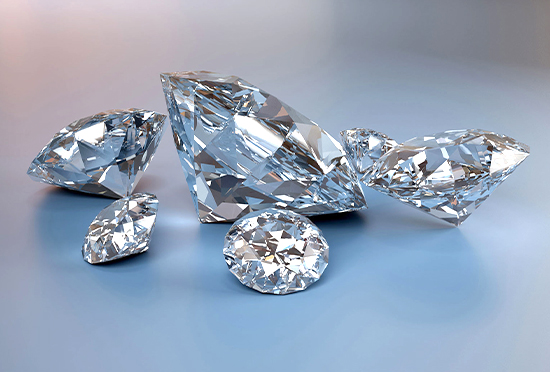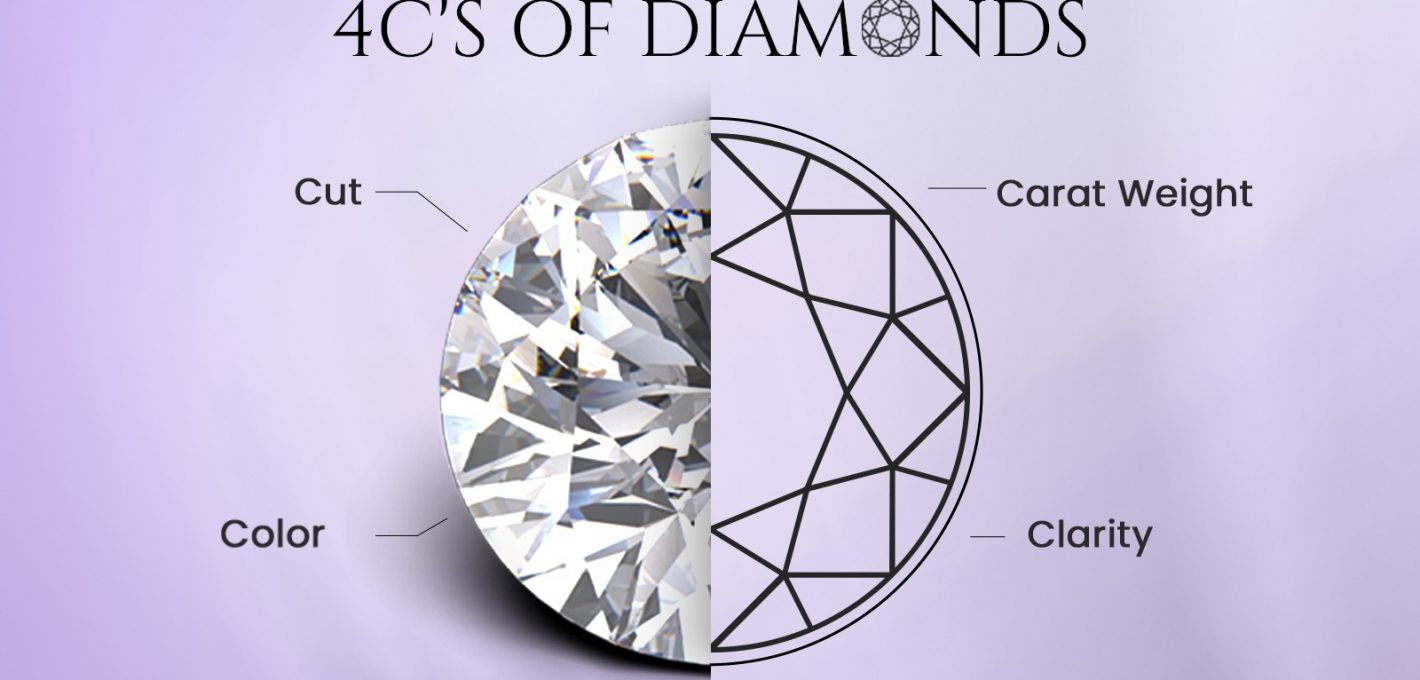Introduction
Pink diamonds have for quite some time been celebrated for their captivating beauty and rarity, making them a popular decision for the two collectors and investors. Their one of a kind tone and restricted supply add to their high market value. However, as the demand for additional ethical and sustainable choices rises, are pink diamonds a good investment have arisen as a convincing alternative. This article examines whether pink diamonds, particularly lab-grown variants, are a good investment.
The Appeal of Natural Pink Diamonds
Natural pink diamonds are among the rarest gemstones on the planet. Their distinct variety, which ranges from delicate pastel pinks to extraordinary purples, is a significant factor in their desirability. The rarity of these diamonds is because of their formation interaction, which happens under unambiguous geological circumstances. This scarcity translates into exorbitant costs, for certain pink diamonds bringing a great many dollars for each carat.
Putting resources into natural pink diamonds can offer substantial returns, particularly on the off chance that the diamonds are of exceptional quality and have areas of strength for a. Historical performance has shown that natural pink diamonds will more often than not appreciate over the long haul, driven by their restricted stock and appeal.
The Rise of Lab-Grown Pink Diamonds
As of late, lab-grown pink diamonds have gained traction in the market. These diamonds are created in controlled conditions utilizing advanced innovation that replicates the natural circumstances under which diamonds structure. The cycle includes either High Strain High Temperature (HPHT) or Chemical Vapor Affidavit (CVD) strategies. Lab-grown pink diamonds display the same physical and chemical properties as their natural counterparts however at a fraction of the expense.
One of the main advantages of lab-grown diamonds is their ethical and environmental advantages. Not at all like mined diamonds, lab-grown diamonds don’t add to environmental degradation or struggle financing. This appeal aligns with the developing shopper inclination for sustainable and capable decisions.
Investment Potential of Lab-Grown Pink Diamonds
The investment potential of lab-grown pink diamonds is a topic of progressing discussion. While they offer a more affordable choice compared to natural pink diamonds, their market value and long haul appreciation potential are as yet creating. Several factors impact the investment potential of lab-grown pink diamonds:
Market Acceptance: As lab-grown diamonds become more mainstream, their acceptance and saw value in the market are crucial. Increased purchaser awareness and acceptance can drive demand and potentially enhance their investment value.
Value Patterns: Lab-grown pink diamonds are generally more affordable than natural ones. However, the cost of lab-grown diamonds has been gradually increasing as innovation improves and creation costs decrease. Monitoring value patterns and market dynamics is essential for assessing their investment potential.
Quality and Certification: Very much like natural diamonds, lab grown diamonds are graded based on factors like tone, clarity, cut, and carat weight. Ensuring that lab-grown diamonds accompany reputable certification and fulfill excellent guidelines is important for their investment value.
Scarcity and Rarity: While lab-grown pink diamonds can be created in a controlled climate, they are not as scarce as natural pink diamonds. The rarity factor plays a significant job in the investment appeal of natural diamonds. Lab-grown diamonds, however valuable, may not encounter the same degree of appreciation because of their relatively higher availability.
Conclusion
Taking everything into account, pink diamonds, whether natural or lab-grown, present novel investment potential open doors. Natural pink diamonds have historically major areas of strength for shown potential because of their rarity and historical appreciation. Then again, lab-grown pink diamonds offer an ethical and practical alternative with developing market acceptance.













+ There are no comments
Add yours